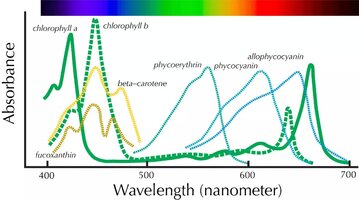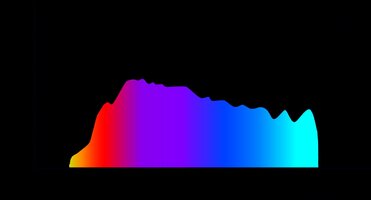I personally think there is only one trigger for BBA, and that is the third item on your list, organic waste. The first and second are potential drivers of the third, and still relevant - fluctuating CO2 and excessively high light levels cause plant health issues which can cause them to release additional organic waste from tissue breakdown - but I personally think it is organic waste that BBA thrives on, which is why it seems undeterred by light levels or CO2 levels as other algae are.
For me, there are two keys to preventing BBA. The first is to prevent the build up of organic waste - primarily a) by employing a good water change regime, and b) maximising plant health (with everything that entails using the inputs we have available as aquarists).
The second is to eliminate new growth before it can take a hold. Biofilm grazers are incredible at this, and Ramshorn snails and Neocaridina shrimp would be my top picks. When their populations reach critical mass, they will cover every leaf and surface in an aquarium multiple times a day. Whether they intend to eat microscopic infant BBA (and other algae) growth whilst chowing down on the biofilm or not, I'm not sure, but I believe they are undoubtedly removing it with every pass, long before it ever becomes visible to the human eye. It can be no coincidence that literally the only place in my tanks that I see BBA grow, is on the filter outlet - the one single place the snails and shrimp can't get to.
Some observations that may link in with some of the above and be of possible interest to the discussion.
Prior to my latest high tech beastie, I only ever ran a couple of low tech planted tanks. Maybe 4 years all in. (Can’t really include the new one as an example as it’s only 3 months old)
Only ever used all in one ferts (as per the packet instruction) Fairly low light, easy carbo when I remembered, not very difficult plants. (Fast and slow growers) Only around 5 x flow. (Through rear spraybars)
I’ve also never had BBA, in fact the only algae I ever suffered was some GSA on glass now and then and it wasn’t significant (Probably had a few diatoms early on but wouldn’t have known what they were at the time….and they went away)
My tanks, however, were in a 12M long room, tucked in an alcove so a very gloomy spot with very little natural light (needed a room light on to read even in mid-summer) WC’s were weekly without fail, though at 25% for much of the time (50% RO due to V hard water) Stocking was low to medium but I never had a tank without both Amano’s and Otto’s.
So low light (coming almost entirely from the artificial/controlled source) low organic waste (regular water change, low stock and plants not being pushed hard) Probably fairly steady Co2 (with only 25% water change, half of which would be ‘off gassed’ RO water) Enough nutrients to keep up with demand it would seem and ‘natural’ control through livestock.
Virtually no algae of any kind and all entirely by luck rather than education I might add.
I wonder, however, if the story would be the same if pushed a little harder, with more demanding goals and a broader/more complex variety of planting?
Perhaps the tenacious BBA takes advantage of those higher waste levels/additional stressors that we may inadvertently create when asking the plants to do more for us (and creating the systems to facilitate that)
I’m inclined to feel that, grow healthy plants (with all that entails) maintain good hygiene and get some ‘critters’ to lend a hand, just as
@Wookii says, might be the closest to a solution we can get and that bit of BBA that just won’t go away, might be the price we have to pay for all the other loveliness we made!
Not much personal data behind that assumption mind you…..so I’ll reserve the right to shout back (and perhaps bemoan my BBA) after this rather more challenging tank has kicked my butt a few times and taught me an extra thing or two. 😊




